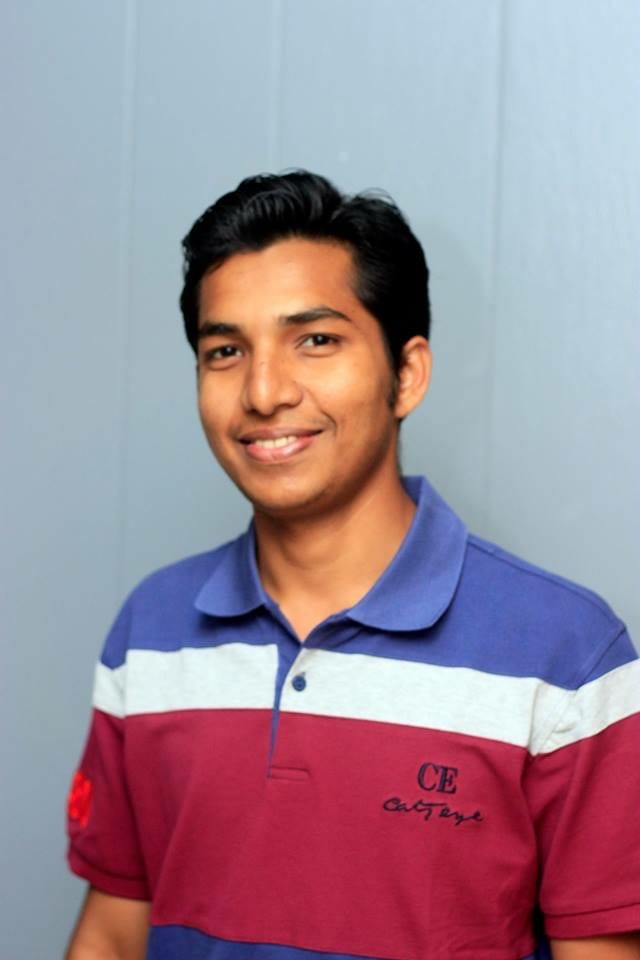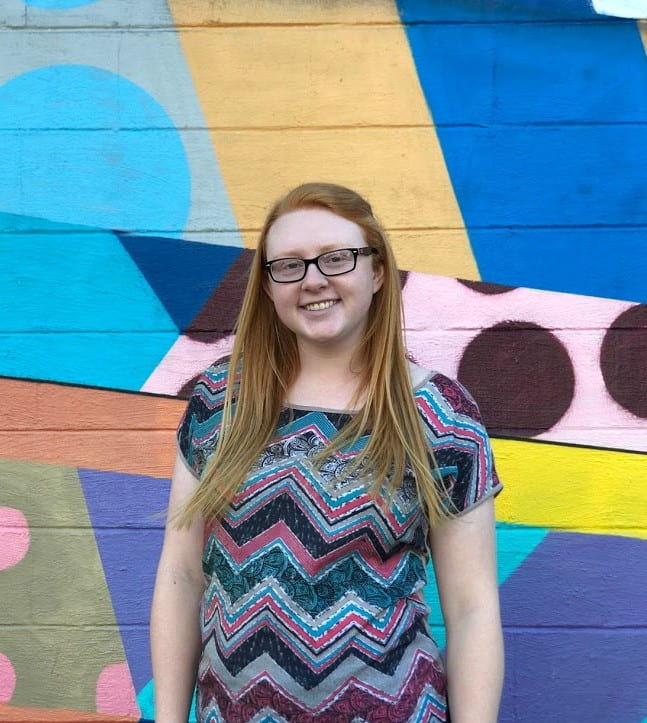Tess Hartog, Md Tanvir Ahad, and Amin Alhashim are working together to explore the uses of electroencephalogram (EEG) to understand neuro-responses as they pertain to creativity in engineering. They are working under Dr. Zahed Siddique; Tess Hartog is an ME MS student with a background in math and psychology, Tanvir is an ME Ph.D. student with a background in EE, and Amin is an ISE Ph.D. student. Megan Marshall was a former fellow who graduated with her MS in AE in the summer of 2020.
The main objective of the research is to study creativity in engineering by gaining a deep understanding of how creative thoughts form and how the brain responds to different levels of creative products. The students are currently utilizing EEG to capture the neurological behaviors and responses when conducting research.
Graduate Students
Amin’s work focuses on three areas: creativity definitions, creativity models, and the effect of cues on creativity. Through text analysis techniques, Amin is analyzing a corpus of creativity definitions extracted from literature to understand how creativity is being perceived by engineers and non-engineers. There are many models for creativity and Amin is working on a classification scheme based on their similarity. Such classification is important for the advancement of creativity research as evident in the history of sciences. Amin’s last area of focus is on the effect of cues on creative behavior and its relationship with how the brain behaves through the use of EEG.
Tess’s work focuses on a subset of EEG recording called event-related potentials (ERPs), which are time-locked neural responses to stimuli. Specifically, she investigates the ERPs (the N400response) of engineers to creative stimuli. Tess is also working on analyzing the EEG recordings of engineers during engineering design-related problems and examining whether exposure to creative stimuli will improve designs. Below are some of her preliminary ERP findings. As indicated in the pictures, she looks for differences in negative wave amplitudes for three types of stimuli around 400 milliseconds post-stimulus presentation (i.e. the N400).
 Defining creativity is hard but the measurement of creativity is even harder. To capture the multifaceted nature of creativity; more than a hundred measurement techniques have been developed and applied including neurocognitive approaches. The brain’s neural dynamics related to creativity should be accounted to quantify the relationship between the brain regions. During divergent thinking, EEG studies aid temporal dynamics of the neuronal activations underlying cognitive insight. In order to solve real-world problems, creativity is a must for engineers. Engineers’ involvement with creative tasks; activate brain regions corresponding to the task’s demand. Identifying the significant brain temporal regions engaged with the creative tasks for engineers is a crucial question. Brain-computer interfaces (BCIs) which are based on event-related potentials (ERPs) have the potential ability to estimate a user’s task involvement. Therefore, the question comes: Is the creativity (neural activity) of engineers detected by ERP-Based Brain-Computer Interfaces task-specific? Tanvir’s research work focuses on addressing these questions in the Neurocognitive creativity research domain.
Defining creativity is hard but the measurement of creativity is even harder. To capture the multifaceted nature of creativity; more than a hundred measurement techniques have been developed and applied including neurocognitive approaches. The brain’s neural dynamics related to creativity should be accounted to quantify the relationship between the brain regions. During divergent thinking, EEG studies aid temporal dynamics of the neuronal activations underlying cognitive insight. In order to solve real-world problems, creativity is a must for engineers. Engineers’ involvement with creative tasks; activate brain regions corresponding to the task’s demand. Identifying the significant brain temporal regions engaged with the creative tasks for engineers is a crucial question. Brain-computer interfaces (BCIs) which are based on event-related potentials (ERPs) have the potential ability to estimate a user’s task involvement. Therefore, the question comes: Is the creativity (neural activity) of engineers detected by ERP-Based Brain-Computer Interfaces task-specific? Tanvir’s research work focuses on addressing these questions in the Neurocognitive creativity research domain.





